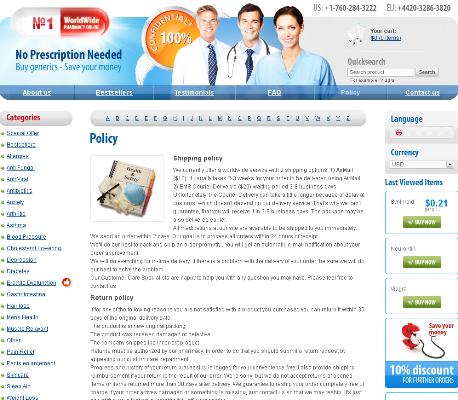Understanding Keflex: What Every Parent Should Know
Keflex, also known as cephalexin, is a commonly prescribed antibiotic that belongs to the cephalosporin class. It’s primarily used to treat bacterial infections such as strep throat, ear infections, and skin infections. Understanding how it works and its potential effects can significantly help parents in managing their child's health.
Parents should know that Keflex is effective against a wide range of bacteria but is not suitable for viral infections. Ensuring proper usage is crucial for its effectiveness and to prevent antibiotic resistance.
| Bacterial Infections Treated | Key Points for Parents |
|---|---|
| Strep Throat, Ear Infections, Skin Infections | Effective against bacteria, not viruses; proper usage prevents antibiotic resistance |
Recommended Dosage of Keflex for Different Ages

Understanding the right dosage of Keflex is crucial to ensure its effectiveness and safety for your child. For infants and young children, the typical dosage might range from 25 to 50 mg per kilogram of body weight, divided into smaller doses throughout the day. Older children, on the other hand, might require a slightly higher dosage tailored to their specific health needs and weight.
Age and weight are pivotal factors, but your pediatrician will also consider the severity of the infection. It's essential to adhere strictly to their prescribed dosage instructions to maintain the balance between efficacy and safety. Never adjust the dosage on your own, and always complete the full course of Keflex as prescribed to avoid resistance or recurrence of the infection.
Tips for Administering Keflex to Children
Administering Keflex to children can be a straightforward process with a few helpful tips. Start by measuring the exact dosage using a proper syringe or medicine cup to ensure accuracy. If your child dislikes the taste, try mixing Keflex with a small amount of juice or applesauce, but make sure they consume the entire mixture. Always follow the prescribed schedule, and set reminders if needed to maintain consistency. Additionally, positive reinforcement can make the experience smoother, rewarding your child with praise for taking their medicine.
Common Side Effects and How to Manage Them

When your child takes Keflex, it’s essential to be aware of potential side effects. Some children may experience mild symptoms, such as nausea, diarrhea, or a mild rash. To manage these, keep your child well-hydrated and consult the pharmacist before giving additional medications for symptoms. More severe reactions, though rare, include difficulty breathing, severe rash, or swelling. In such cases, stop the medication immediately and seek urgent medical care. To ensure your child's comfort, maintain a close watch on them after administering each dose of Keflex. Creating a log of any adverse effects can also help your pediatrician tailor advice and treatment more effectively.
When to Contact Your Pediatrician about Keflex
It's crucial to know when to contact your pediatrician while your child is on Keflex. If your child experiences severe side effects, such as difficulty breathing, swelling of the face or lips, or skin reactions like rashes or hives, seek medical attention immediately. These symptoms could indicate a serious allergic reaction. Furthermore, persistent diarrhea, stomach pain, or blood in the stool may signal a more severe issue related to the gastrointestinal tract.
Additionally, if you notice that your child's original symptoms are not improving or are worsening after a few days of treatment, it’s time to consult your pediatrician. Overuse or misuse of antibiotics like Keflex can lead to resistance, making it essential to get professional guidance.
| Symptom | Action |
|---|---|
| Severe allergic reactions | Seek immediate medical attention |
| Persistent gastrointestinal issues | Contact pediatrician |
| Symptom not improving | Consult pediatrician |
Monitoring your child's response to Keflex and staying in close communication with your healthcare provider ensures both efficacy and safety. Always follow your pediatrician’s advice and complete the full course of the medication.
Storing and Handling Keflex Safely at Home
Ensuring the safety and efficacy of Keflex starts with proper storage and handling at home. Keep the medication in its original container, tightly sealed, and out of reach of children and pets. Store it at room temperature, away from moisture and direct sunlight, to maintain its potency.
When handling Keflex, always wash your hands before and after dispensing the medication. Use the prescribed measuring device to ensure the correct dosage, and never share Keflex with anyone else. Discard any unused medication according to local regulations to prevent misuse or environmental harm.



